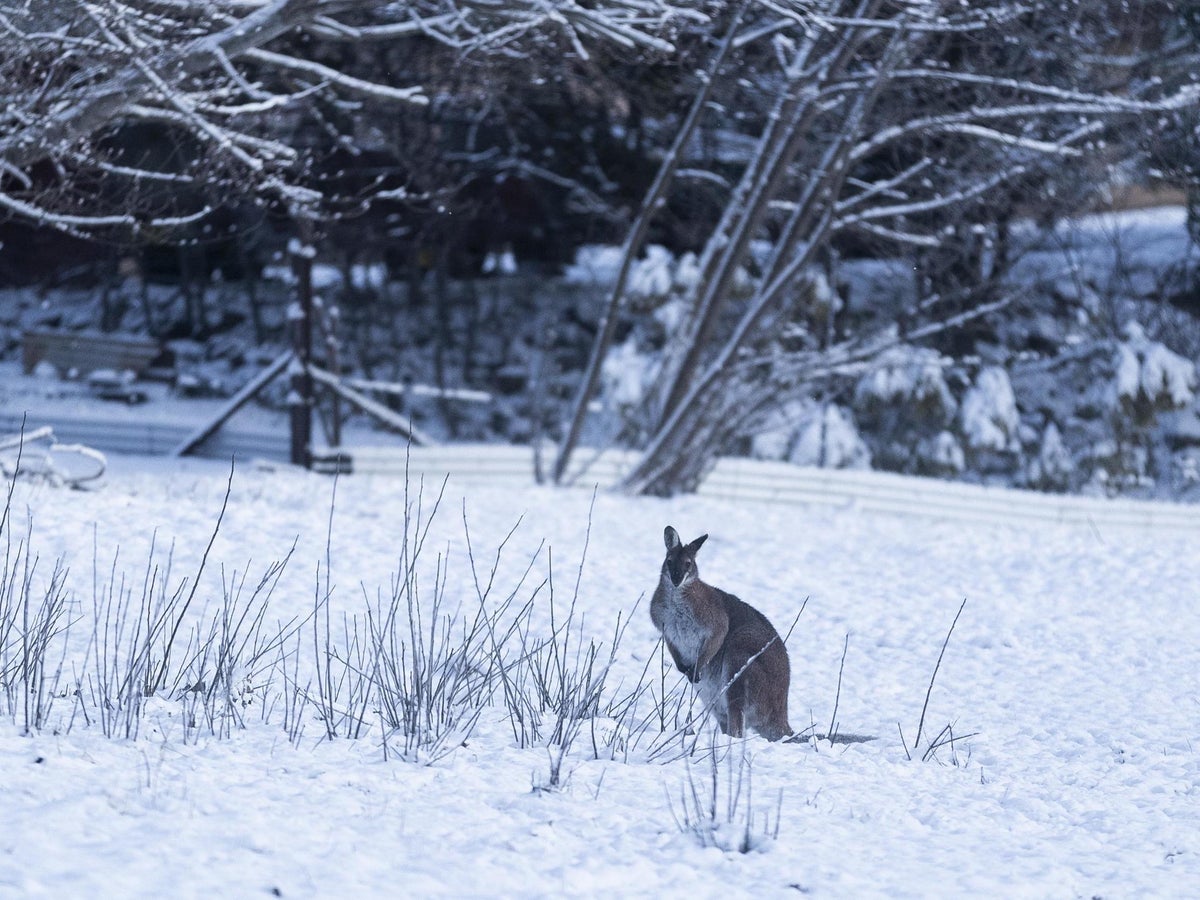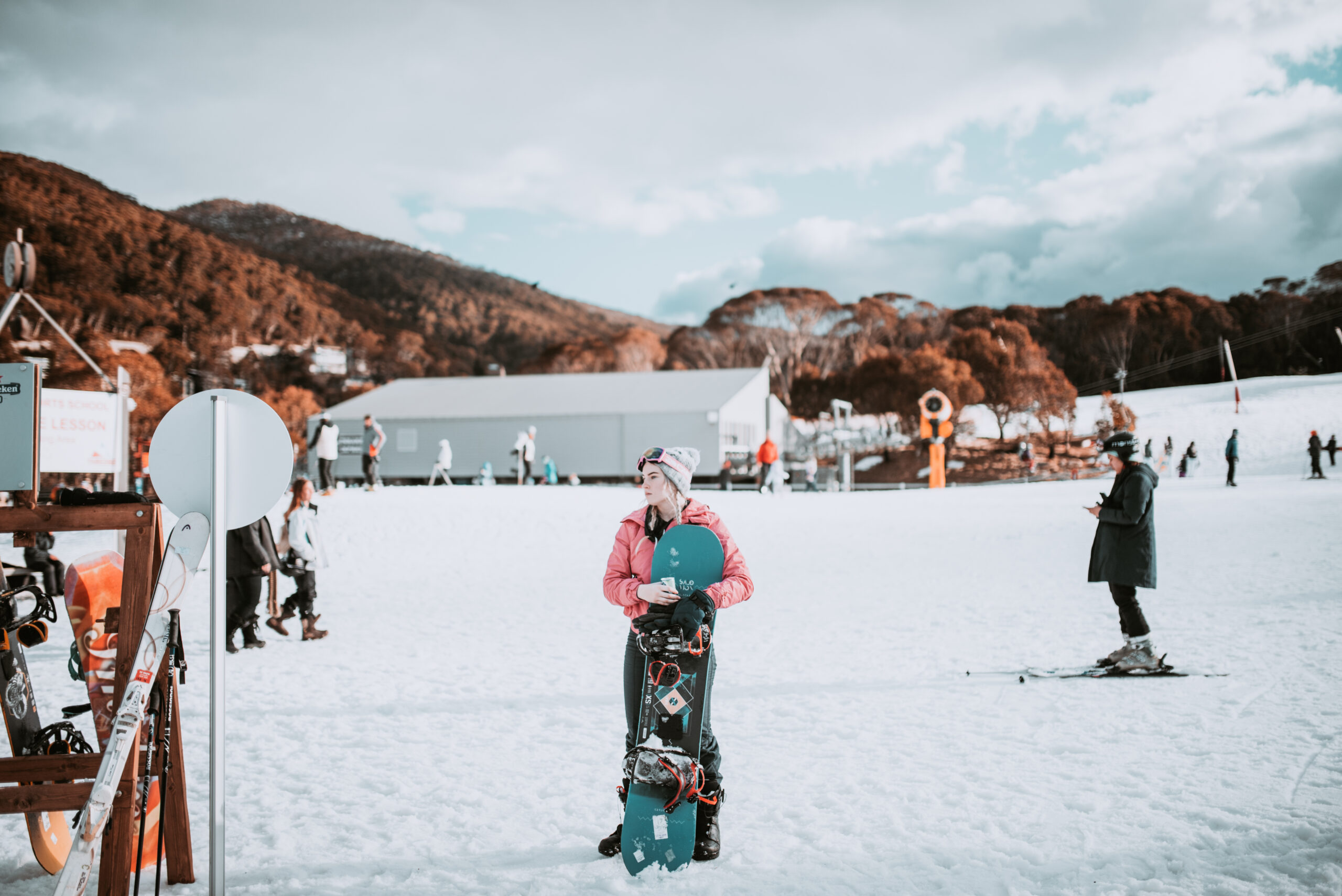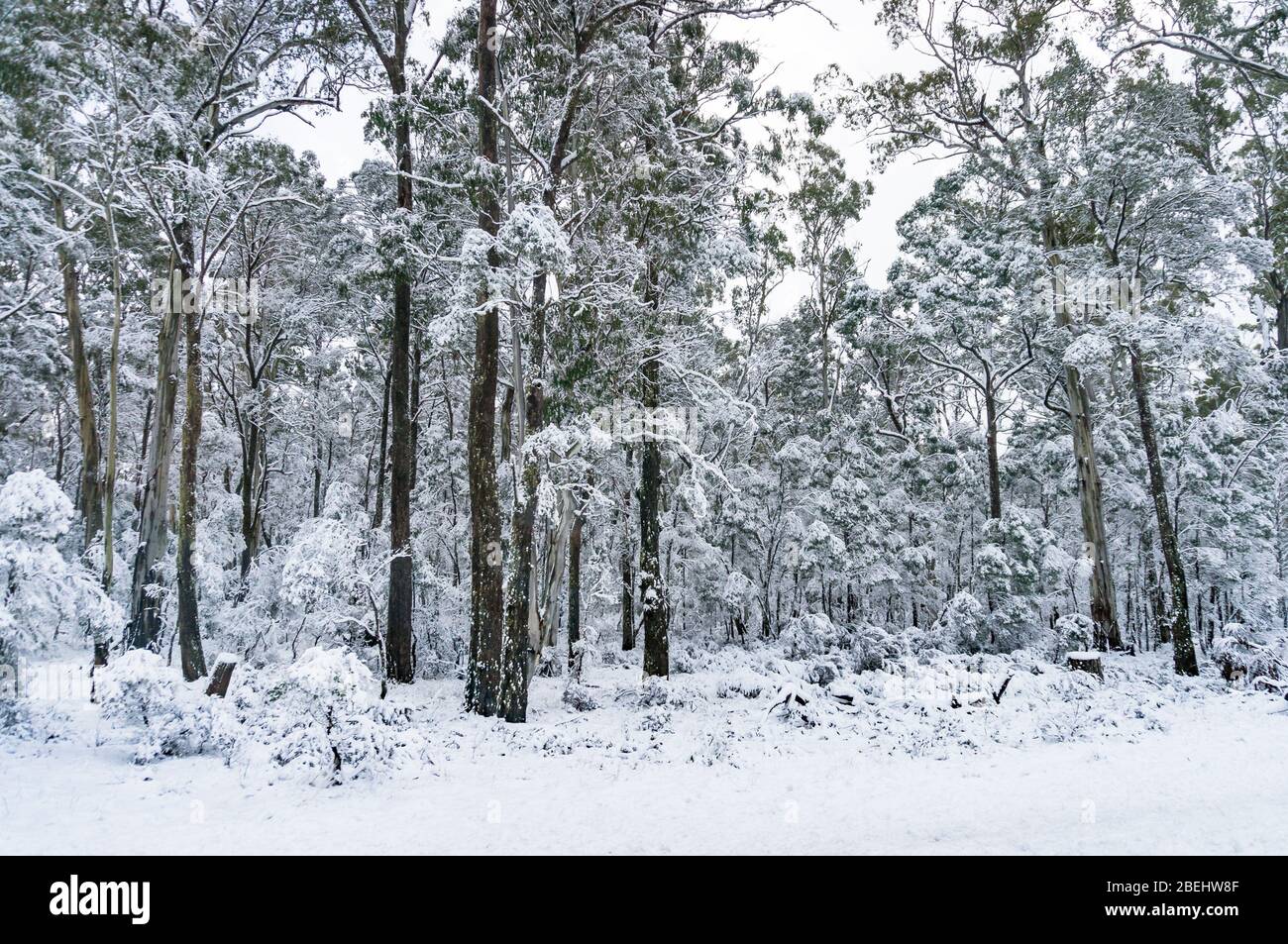Find Out About the Locations That Frequently See Snow In Australia During the Colder Months
Find Out About the Locations That Frequently See Snow In Australia During the Colder Months
Blog Article
The Different Types of Snow in Australia and Their Effect On Winter Sports
Australia, recognized for its sun-soaked coastlines, is additionally home to a varied selection of snow problems that considerably influence winter season sports. Each kind, from the damp seaside snow to the dry interior powder, presents one-of-a-kind obstacles and advantages for athletes. An understanding of these variations is important for those seeking to browse the Australian slopes, as each requires various strategies and durability. The complying with expedition will certainly talk about the effects of these snow kinds on winter months sporting activities performance.

Comprehending the Attributes of Different Snow Types
While many think that snow is an uniform entity, it is essential to recognize that there are different kinds, each with special characteristics. These distinctions in snow type aren't just aesthetic; they significantly effect winter season sporting activities, dictating the simplicity of movement, the rate achievable, and the degree of control needed from professional athletes.
The Effects of Powder Snow on Winter Sports and Snowboarding
In spite of its light and fluffy appearance, powder snow in the Australian Alps presents both unique challenges and opportunities for winter season sports enthusiasts, specifically those engaged in skiing and snowboarding. The forgiving and smooth surface area of powder snow likewise lowers threat of injury during falls, making it a preferred selection for severe winter months sporting activities.

The Challenges and Benefits of Jam-packed Snow in Winter Season Sports
Moving emphasis from the loose, completely dry powder snow, another common kind of snow in the Australian Alps is jam-packed snow, posing its own collection of challenges and advantages in the realm of winter months sports. Regulating and navigating turns rate can be challenging on stuffed snow, requiring higher ability degrees from athletes. In spite of these obstacles, packed snow stays a critical aspect in lots of winter sports, shaping the efficiency and strategies of athletes.
The Function of Damp Snow in Australian Winters Months Games
In comparison to the dense, slick surface area of stuffed snow, wet snow plays an entirely different duty in Australian wintertime video games. Qualified by its high moisture content, wet snow impacts the rate and control of winter sports participants. Its heavy, sticky nature can be challenging for professional athletes, specifically in winter sports and snowboarding where speed and manoeuvrability are essential. Nevertheless, its malleability makes it suitable for snow sculpting occasions and for strengthening snow frameworks in sporting activities like snow fort fights. Regardless of its challenges, damp snow presents an one-of-a-kind dynamic to winter video games in Australia, screening professional athletes' flexibility and resilience, and offering as a reminder of the varied climate problems they must be prepared to face.

Just How Slushy Snow Influences Winter Sports Performance
Continuing the exploration of differing snow conditions in Australia, the effect of slushy snow on wintertime sports is another interesting element. Slushy snow, resulting from warmer temperatures or straight sunlight, poses unique challenges to athletes. It reduces speed and needs enhanced physical effort as the devices sinks into the soft, water-saturated snow. In skiing and snowboarding, slushy conditions can impact the predictability of jumps and turns, enhancing the Look At This risk of accidents. For snowmobiling, the device's efficiency might be impeded as it has a hard time to maintain traction. Therefore, slushy snow transforms the winter season sports landscape, requiring not just increased physical effort from athletes but additionally a better emphasis on safety and security precautions.
Adapting Winter Season Sports Techniques to Various Snow Problems

Conclusion
Finally, Australia's varied snow types substantially influence winter sports performance. Each kind, from the glossy seaside snow to the drier interior powder and the heavy, sticky wet snow, offers unique challenges and benefits. Therefore, professional athletes must adapt their methods to navigate these differing problems efficiently. The snow's developmental role underscores the significance of comprehending its features to maximize performance and security in Australia's wintertime sporting activities landscape.
Shifting focus from the loose, dry powder snow, another prevalent kind of snow in the Australian Alps is stuffed More hints snow, presenting its very own collection of difficulties and benefits in the realm of winter sporting activities - Snow In Australia.In contrast to the thick, glossy surface of packed snow, wet snow plays a completely various function in Australian winter season games. Its pliability makes it excellent for snow sculpting occasions and for fortifying snow frameworks in sporting activities like snow fort battles.Proceeding the expedition of differing snow problems in Australia, the effect go to my site of slushy snow on winter season sporting activities is an additional appealing element. Each kind, from the slick coastal snow to the drier indoor powder and the heavy, sticky damp snow, provides unique challenges and advantages
Report this page